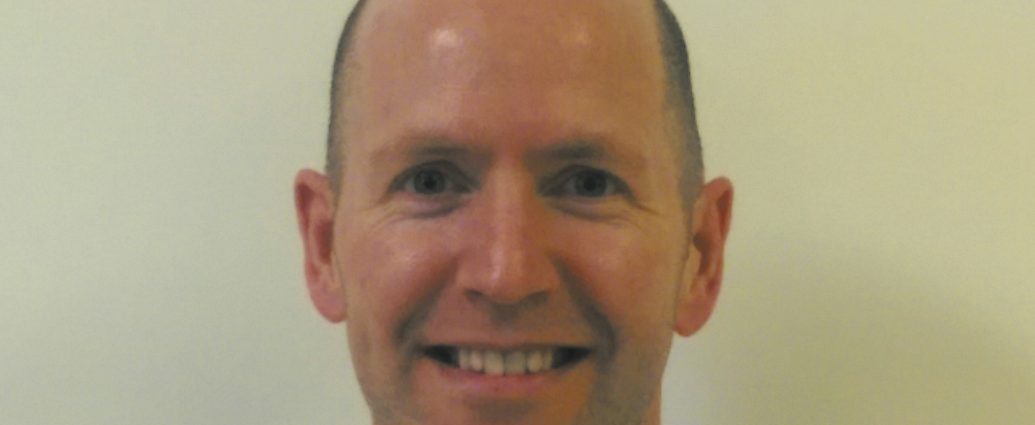
Whether you plan to holiday abroad or stay at home, it is important that you take measures to protect yourself and your family from the damage that sun can cause… when it decides to make an appearance that is.
The sun’s rays are made up of UVA (Ultraviolet A) and UVB (Ultraviolet B) waves. UVA waves are constantly present no matter the season or weather, whereas UVB waves are more prevalent in the summer months. UVA waves penetrate the skin deeply and are responsible for photo-ageing. UVA exposure leads to wrinkles, sunspots and in severe cases, skin cancer. UVB waves damage the superficial layers of the skin, leading to sunburn (i.e. reddening or burning of the skin). Excessive sun exposure should be avoided, especially in children and adolescents as their skin is more sensitive than that of adults.
There are a wide range of sunscreens available for both adults and children. Sunscreens act by reflecting UV rays away from the skin as well as absorbing UV rays before they penetrate the skin. SPF (Sun Protection Factor) is a measure of sunscreen efficacy. It provides an indication of how long it will take UVB rays to burn or redden the skin with the presence of sunscreen compared to how long it would take the skin to burn in the absence of sunscreen.
It is recommended that adults apply a sunscreen SPF 15 or above. As children’s skin is particularly sensitive to the damaging effects of the sun use a higher SPF (30 or 50) and be aware of how long they have been out in the sun.
The star rating measures the amount of ultraviolet A radiation (UVA) protection. You should see a star rating of up to five stars on UK sunscreens – the higher the star rating, the better. The letters “UVA” inside a circle is a European marking and means the sunscreen meets EU recommendations.
Sunscreen needs to be applied liberally at least 30 minutes before sun exposure and should be re-applied every two hours. Remember that water and perspiration wash off sunscreen and although water resistant products are available, they don’t last indefinitely so play safe and reapply. On application pay attention to the more sensitive areas such as nose, ears, scalp and lips.
Other sun protection measures include staying in the shade between the hours of 11am and 3pm, wearing a broad brimmed hat, wearing approved sunglasses to protect your eyes and drinking plenty of fluids to stay hydrated. Babies under six months should be kept out of direct sunlight. Car window shades are available to protect babies and children whilst travelling, and swimwear with a UV protection rating (UPF) can be purchased.
Richard Dunn is a community pharmacist with Gordons Chemists.
The content of this article is for general information only. The information is not for diagnostic purposes and should not be treated as such. You must not rely on the information in this column as an alternative to medical advice from your GP or other professional healthcare provider.
Established in 1980, Gordons Chemists are an independently owned retail pharmacy chain with nine pharmacies in Scotland. Find your local Gordons store at 1 Gracemount Drive, Edinburgh, EH16 6RR or 105 High Street, Musselburgh, EH21 7DA
Products described are available at most pharmacies and Gordons Chemists does not endorse any individual product. Always consult your pharmacist in relation to your individual symptoms.

